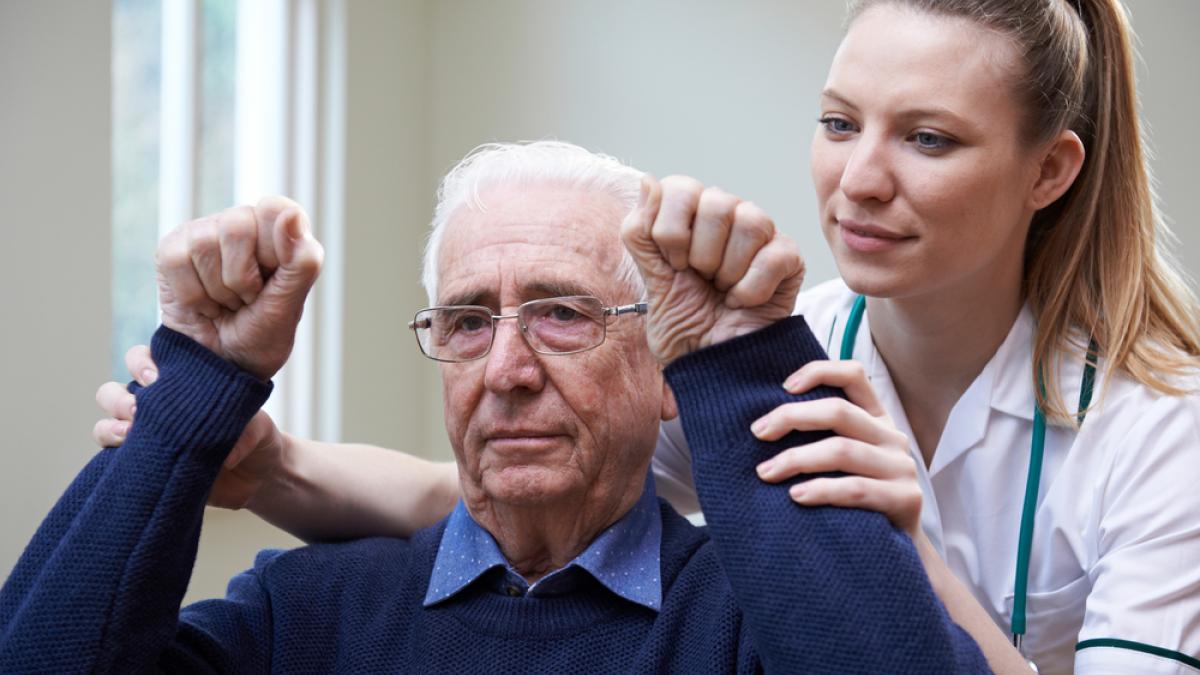New recommendations for early mobilisation for people with acute stroke have been made by the National Institute for Health and Care Excellence (NICE) due to new evidence being available.

CSP professional network the Association of Chartered Physiotherapists in Neurology (ACPIN) welcomed the change as being particularly important for physiotherapists working with people in the initial 48 hours after onset of stroke symptoms.
In recent years patients have been assessed and mobilised much earlier by physiotherapists, following the onset of stroke symptoms. Mobilisation can refer to any ‘out of bed’ activity, such as sitting out of bed, standing or walking, with the aim of reducing the complications associated with immobility and promoting functional recovery.
The previous guideline on stroke (CG68) suggested that people with acute stroke should be mobilised as soon as possible as part of an active management programme on a specialist stroke unit and that they should be helped to sit up as soon as possible.
However, the impact of early mobilisation on mortality and morbidity was unclear and there was limited evidence available to guide when, and how early after stroke, mobilisation should take place.
ACPIN board member for public affairs Dr Jonathan McCrea explained that since the previous guideline, a large international randomised controlled trail (AVERT) was published which prompted a further review of the evidence.
The guideline team were able to included a total of eight studies in their review, six of which used very early mobilisation and two used early mobilisation.
The NICE guidance regarding ‘early mobilisation’ states:
- 1.7.2 Help people with acute stroke to sit out of bed, stand or walk as soon as their clinical condition permits as part of an active management programme in a specialist stroke unit. [2019]
- 1.7.3 If people need help to sit out of bed, stand or walk, do not offer high-intensity mobilisation in the first 24 hours after symptom onset. [2019]
The NICE guideline committee says: ‘The evidence suggested clinical harm associated with high intensity mobilisation within the first 24 hours after acute stroke. However, based on their clinical experience they discussed that this harm was most relevant to those who need help to sit out of bed, stand or walk. Therefore, they limited the recommendation to this group because they did not want to prevent appropriate early mobilisation in people who are independently mobile after having a stroke.’
Mr McCrea said: ‘ACPIN very much welcomes this carefully considered evidence-based guideline recommendation.
‘It will aid physiotherapists working with patients in the initial 48 hours after onset of stroke symptoms.’
Find Out More
Number of subscribers: 1



































